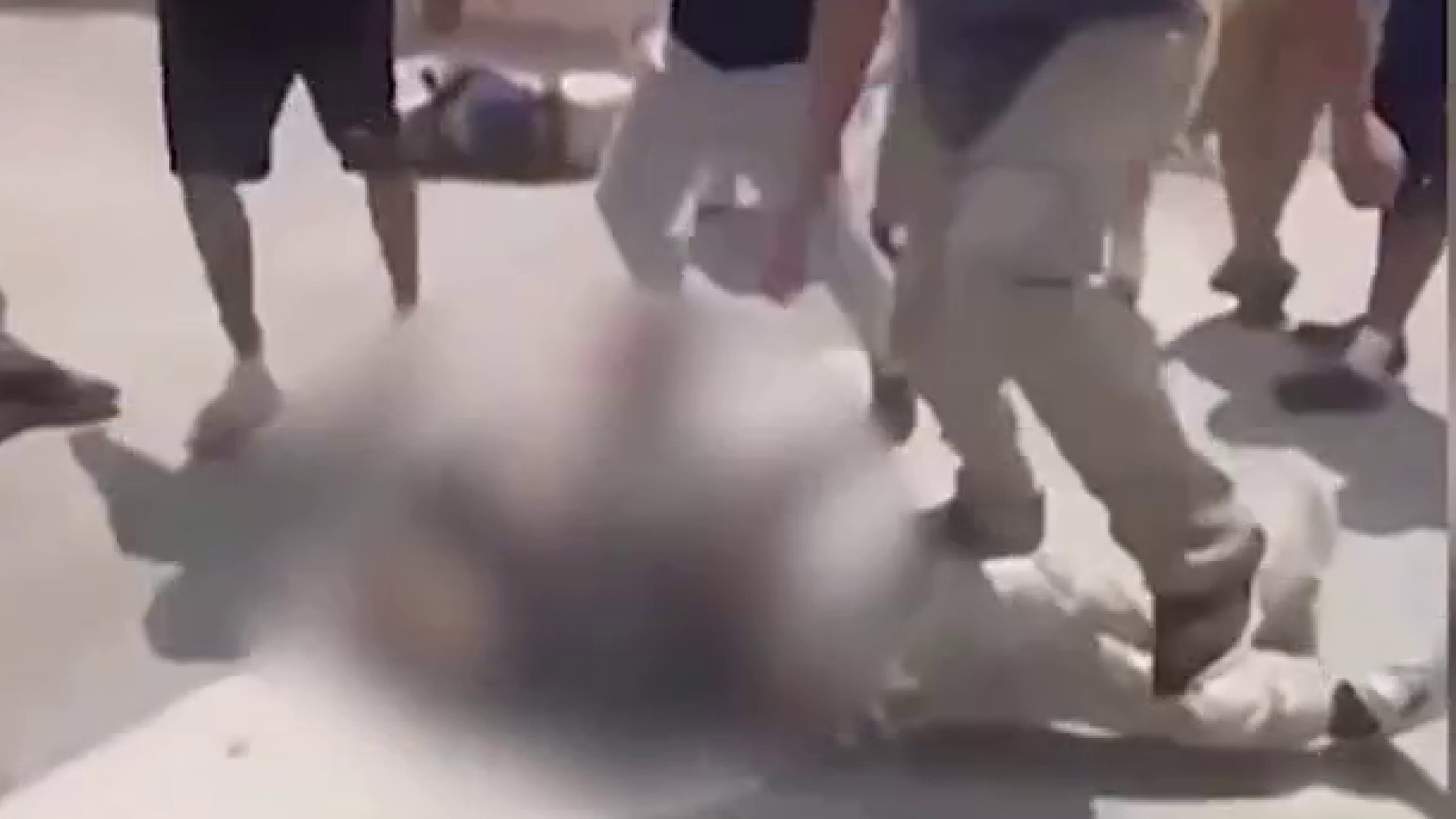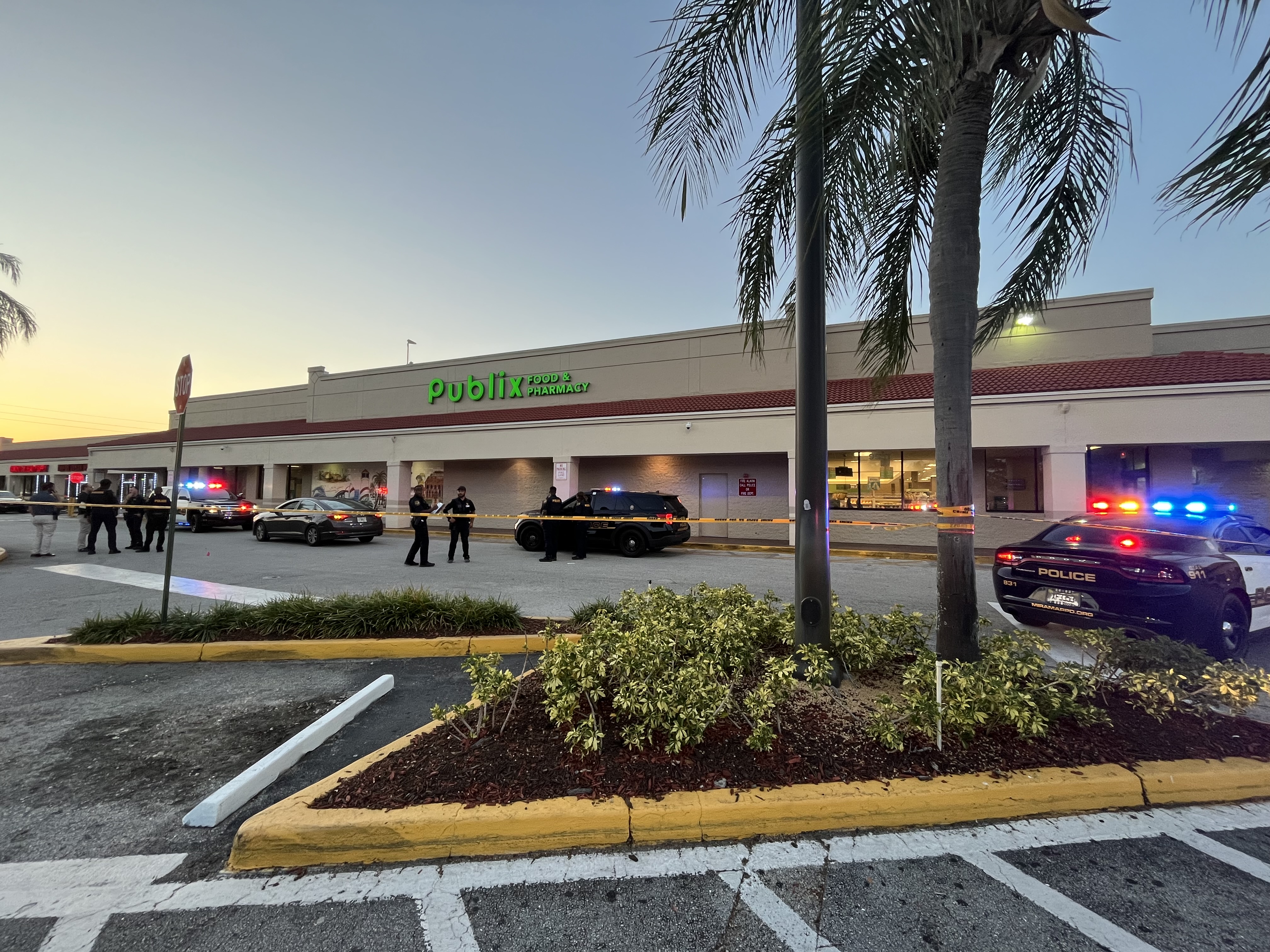There are certain events in history that, when thought of or spoken about, feel like they happened yesterday no matter how much actual time has elapsed. Everyone remembers where they were when they found about the 9/11 attacks. Parents think of the birth of their first child, and it feels like they’re back in the delivery room. For South Floridians who suffered through Hurricane Andrew’s onslaught and aftermath, Andrew is one of those memories that you just can’t shake loose. It goes by one name. Andrew. You don’t need to say “hurricane,” and all who went through it know what you’re talking about.
Covering the Calamity
Hurricane forecasting has come a long way in the years since 1992. As the storm approached South Florida from the east, the prevailing view, as I recall, was that Andrew would strike near the Broward-Dade line, with the center of Broward County likely to face the brunt of it. So I was among a group of reporters and photographers assigned to that area.
I was at Fort Lauderdale Beach with anchorman Steve Abrams, photographers Kent Katterjohn, Pedro Cancio, and Felix Castro. We were all anxiously awaiting the worst, not knowing we were missing the teeth of the beast. As the world knows, Andrew reserved most of its fury for southern Miami-Dade County, about 45 miles away. Because communication was difficult as the storm struck in the early morning hours, we didn’t know about the disaster unfolding in places like Kendall, Goulds, Perrine, Homestead and Florida City until the next day.
Much of Broward did seem to experience hurricane winds. We stayed at the beach until police officers made us leave for our own safety, and I’m glad they did. Waves were crashing over the sidewalk onto A1A. It was impossible to open your eyes without feeling the sting of sand whipped into a frenzy. A bunch of us rode out the storm inside the Broward County Emergency Operations Center, then located inside the Governmental Center downtown. When the sun came up, the damage in Fort Lauderdale looked a lot like Hurricane Wilma’s trail of destruction. Power lines, traffic lights, and trees were down all over the place. We thought it was bad, until the reports started coming in from further south and we realized Broward had dodged Andrew’s bullet.
All of the station’s news crews were ordered to head south, and just cover whatever you saw. I remember driving the car the night after the storm passed so Felix could shoot video as we drove. It was insane! We were slaloming around overturned cars, poles, everything, and the night was pitch black. Our headlights were the only lights, and one of the most stunning things they illuminated was the giant Carlsberg beer billboard, which used to stand like an icon on U.S. 1 near Coconut Grove. It was lying on its side, directly in our path. Totally jarring, and we narrowly avoided crashing into it. There was just jaw-dropping destruction around every bend. The scope of the devastation essentially compelled us to invent new ways to cover a disaster. It was quickly decided to stay on the air 24/7 to show those who still had electricity what was happening to their neighbors further south. Crews in the field shot free-flowing pieces on everything we came across, no time for editing, just feed them back to the station and put them on the air, warts and all. They had the feel of home movies, but were extremely effective at showing as many personal stories as we could find. One that sticks out for me was about a family in Homestead. This was a few days after the storm, when south Miami-Dade felt like the Wild West. Lawlessness ruled the day, and a scary kind of anarchy seemed to take over at night. People had signs in their yards warning looters they’d be shot on sight. The atmosphere reeked of fear and hopelessness. In this mess, we interviewed a father who couldn’t stop weeping, feeling he had cheated death by surviving Hurricane Hugo in St. Croix and now, Andrew. The man’s teenage son had made himself into a commando. We walked, invited, into his room, where he showed off his Soldier of Fortune magazines, his assault rifle, and multiple rounds of ammunition. I’ll never forget the alarmed looks Pedro and I shot at each other, both of us wondering how soon we could get out of there, especially since the kid kept muttering to himself, “I’m scared, I’m scared,” over and over again, as he fiddled with his arsenal. Creepy. I said at the time that it seemed like the howling winds had blown apart the bonds that held civilization together.
Local
Everyone had suffered such an emotional trauma, and now the hard part of cleaning up and rebuilding lives would begin. It was a monumental task, one that would test government’s abilities to help its citizens, and one that would bring out the best and worst in the people of South Florida. We did countless stories about neighbors helping each other get through the horrible weeks that followed the storm. Anyone who had a chainsaw was a hero. We also showed the swindlers and looters trying to profit from misery. Anyone who saw the late David Bloom confront a looter on live TV, demanding that he return stolen electronics to a store, will never forget the man sheepishly doing it. Another of my colleagues, Hank Tester, showed the world what Andrew had done to his own home, sifting through the rubble, picking out treasured mementos, thankful that his loved ones had all survived what his house could not.
The tide seemed to turn as the cavalry arrived. National Guard troops arrived by the thousand, started patrolling the streets to keep order, and started distributing aid. But there was still a sense of the surreal. One day we were interviewing families on a block in Naranja. This was two weeks after the storm, and they had no electricity, very little food and water, and we watched dozens of Army helicopters flying back and forth overhead, ferrying supplies somewhere, missing the needy right under their noses.
At first it was bizarre, then it became status quo to see police cars from cities all over the country patrolling the streets. The whole USA was reaching out to help. I thought, after a week of 15-hour days reporting throughout the hardest-hit areas, that I had seen everything. Then I got my first helicopter reporting assignment. I’ll never, ever forget the sight as our chopper took off from Tamiami Airport. As we lifted into the sky, the true scope of the devastation hit me in the face. Miles and miles of splintered roofs. Literally, no roof left intact on any building as far as we could see. Power poles and trees, pretty much every single one, knocked down, as if Godzilla had stomped on them. Anything left standing was wrapped in twisted aluminum shards, the shredded remnants of mobile homes. It was simply awesome to behold. The nuclear blast analogy seemed almost appropriate. The most incredible thing was that more people weren’t killed, that so many emerged from their shattered homes and apartments after the storm. From the air, I remember thinking it would take a decade to rebuild.
Hurricane Season: Special Coverage
Now, more than a decade later, there are still signs of Andrew’s visit. You can see weathered, broken pine trees near Metrozoo, still defiantly standing, as if to tell Andrew that he could strip them of their bark and branches, but he couldn’t knock them over. To this day, I can’t drive down the Turnpike in that area without thinking of the panorama of timber protruding from rooftops in every direction. I did one live shot from the second-floor bedroom of someone’s home in Country Walk. Everything around me looked fairly normal, until the camera tilted up to show blue sky above me. There was no roof at all.
My memories aren’t all traumatic, though. Some really funny moments stand out, especially the time I was in the helicopter when we received an emergency request to ferry an NBC network correspondent, the wonderful storyteller Bob Dotson, and his producer to their live shot location. We picked them up, and they gave the pilot an address. The pilot looked at them like they were crazy. An address was virtually useless when every single street sign was lying on the ground! They had a vague idea where their satellite truck might be, and our pilot valiantly flew in that direction, looking for the satellite dish in the haystack. The minutes ticked away, we flew in circles, Dotson was sweating bullets, but we found their truck with about two minutes left before their live report was scheduled. They bounded out of the chopper and ran to the camera. I’m sure the report was flawless, no one watching at home knew about the ordeal, and I’m also sure it wasn’t funny to Dotson.
Every time I drive past Ponce de Leon Middle School on Dixie Highway in Coral Gables, I think of the Burger King fly-through. There used to be a Burger King on that corner. One day, about 10 days after the storm, photographer Geoff Doyle and I were on helicopter duty. That meant flying around all day, and with no restaurants open in the devastation zone, it was tough to get anything to eat even when we stopped to refuel. Lo and behold, though, the Burger King at that busy intersection was open! Geoff and I tried, but our pilot wasn’t budging: no way was he going to violate the law by landing in the middle school’s field in broad daylight. But we wore him down with the argument that whatever police might be nearby were far more concerned with other, more important issues, and besides, the school was closed and the field was deserted. So he landed, I jumped out, ran to the BK, and ran back with bags full of fast food. We took off laughing, high-fiving each other, never enjoying The Home of the Whopper’s fare as much as we did that day. Now it can be told!
Andrew's Impact
Volumes have been written about Hurricane Andrew’s legacy, how it sparked an exodus of storm-weary families to the newly developing communities of southwest Broward County, what some call the “Kendallization” of Broward.
Andrew also had a huge impact on how storms are covered. Now, for better or worse, every local station goes into 24-hour coverage mode as soon as it looks like a hurricane might have us in it sights. That’s a reflection of how the storm changed the perception most of us had of hurricanes. Until Andrew, it had been many, many years since South Florida had been slammed by a killer storm. Post-Andrew, people who survived it started taking hurricane season much more seriously. If you didn’t already have them, you invested in shutters or impact-resistant windows. You bought supplies at the first sign of a storm possibly heading our way. Because now everyone knows: it’s not how “busy,” how many named storms crop up, that makes a hurricane season dangerous. It’s how many of them decide to hit South Florida. All it takes is one to cause a calamity.
Editor's note: NBC 6 reporter Ari Odzer wrote this piece five years ago, for the 15th anniversary of Andrew, but it certainly seems just as relevant today, 20 years after the storm.



